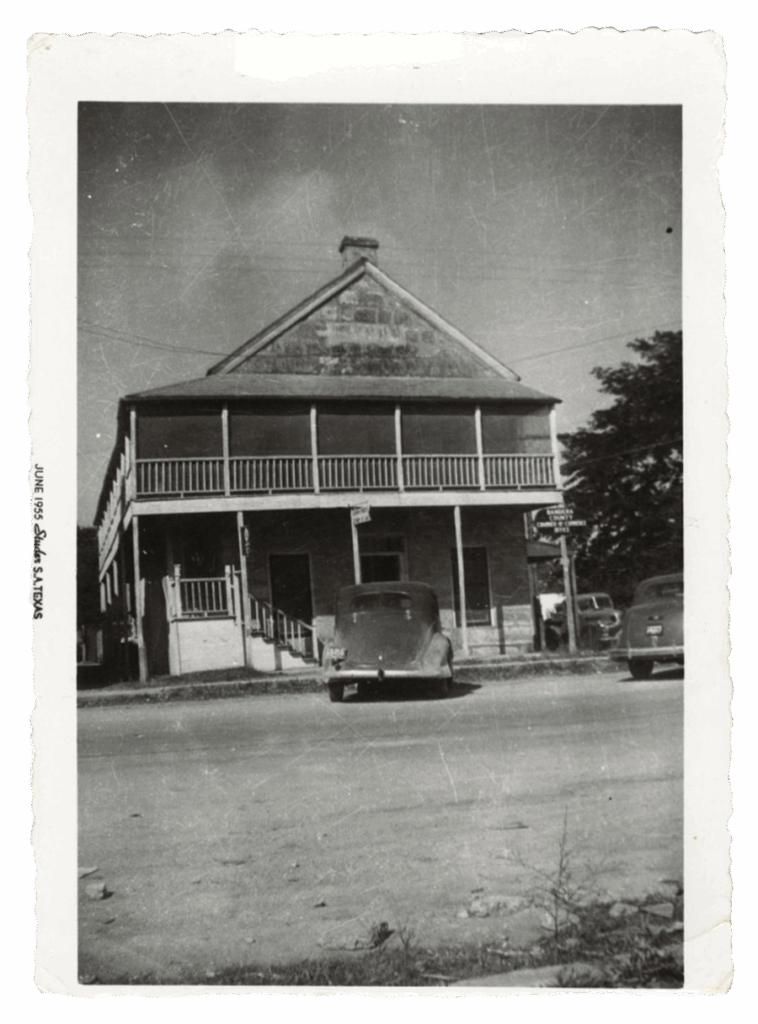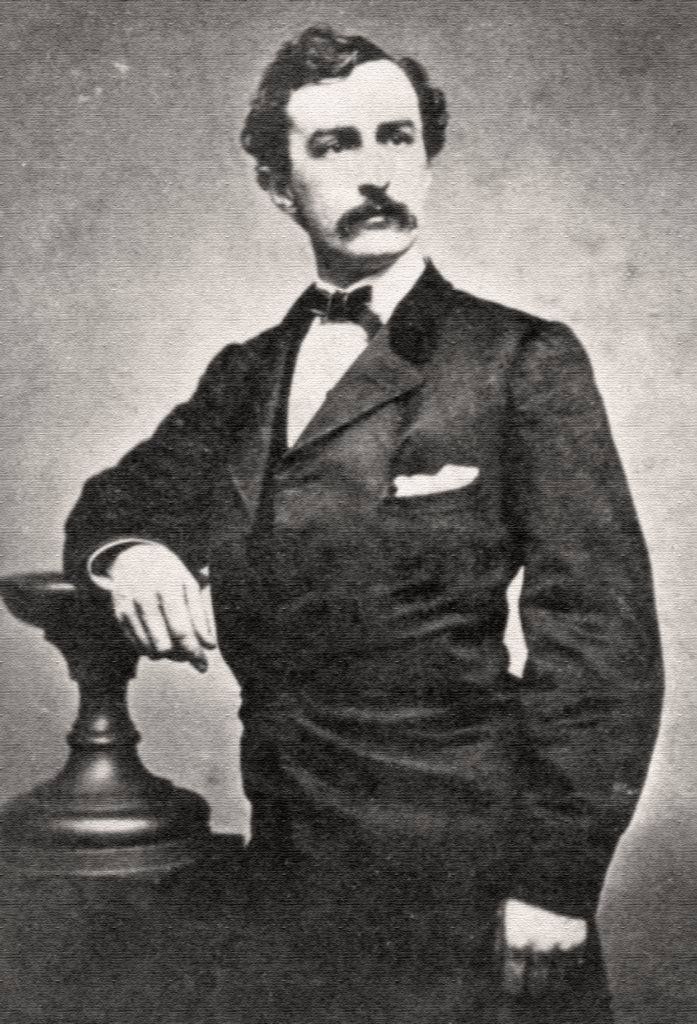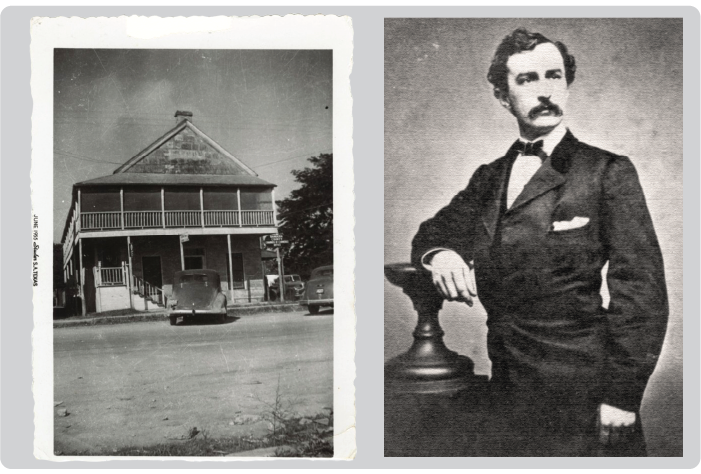Nestled in the heart of Bandera, Texas, the Hyo Silver Downtown Showroom is more than a destination for exquisite silver jewelry—it’s a portal to the past. Housed in a two-story limestone building, this iconic structure stands as a testament to Bandera’s rich history, from its frontier roots to its place as a vibrant hub in the Texas Hill Country. Stepping inside, visitors are enveloped by stories of settlers, scholars, outlaws, and artisans, woven into the very walls of this Texas Historic Landmark.
The building’s story begins in 1842, when John James, one of Bandera’s earliest settlers, acquired the property. By 1860, it took on its first significant role as a schoolhouse, serving as an educational cornerstone for nearly two decades. During this era, Bandera was a fledgling settlement, with families working tirelessly to carve out a life in the rugged Hill Country. The schoolhouse nurtured young minds, laying the foundation for the town’s growth.
In the 1880s, the building evolved into the Bandera Institute, under the enigmatic leadership of Professor W.J. Ryan. Local lore adds a twist to this chapter, suggesting Ryan might have been John Wilkes Booth, the notorious assassin of President Abraham Lincoln, living incognito after evading capture. Though historians debate this tantalizing theory, the possibility infuses the building with an air of mystery, captivating visitors and locals alike.
As Bandera grew, so did the building’s role. In 1906, it became the first bank of Bandera County, later named the First State Bank in 1910. The town was now a bustling hub of commerce, but its Wild West spirit endured. In 1932, the building was the scene of a dramatic bank robbery. A group of outlaws, rumored to be the infamous Newton Boys, used a torch to burn through the vault, escaping with $4,000—roughly $90,000 today—leaving a single dollar bill as a cheeky memento. Despite the Texas Rangers’ relentless pursuit, the robbers vanished, cementing their place in Bandera’s colorful folklore.
The Southwestern Telegraph and Telephone Company, established in 1881, expanded telephone exchanges across Texas, linking rural towns like Bandera to major cities such as Houston. Operating from the second floor of Hyo Silver, switchboard operators connected local residents to communities across Texas and, over time, the entire United States. Though the exact duration of their service remains unclear, their efforts provided vital communication infrastructure to the region.
Today, the Hyo Silver Downtown Showroom blends this rich history with modern elegance. Careful renovations have preserved the building’s historical charm, from the original bank vault door, standing proudly for over a century, to the limestone walls that echo tales of pioneers, educators, and outlaws. The space now showcases Hyo Silver’s stunning jewelry, merging artistry with the rugged spirit of Bandera.
Visitors to the showroom can feel the weight of history in every corner. It’s a place where the past and present converge, offering not just a shopping experience but a connection to Bandera’s resilient legacy. Whether you’re drawn to the intricate silver designs or the echoes of a bygone era, the Hyo Silver Downtown Showroom invites you to explore a piece of Texas history that continues to shine.
Visit Bandera, Texas during the Smithsonian’s “Crossroads: Change in Rural America” for more local history!
The “Crossroads: Change in Rural America” exhibition, hosted by the Smithsonian Institution’s Museum on Main Street (MoMS) program, is a unique opportunity to explore the evolving story of rural America, with Bandera, Texas, as one of only seven Texas communities selected to showcase this traveling exhibit from June 21 to July 26, 2025. Held at the Bandera Middle School Cafetorium, this free, interactive display dives into how rural communities like Bandera have adapted to economic, social, and demographic shifts over the past century. Bandera, known as the “Cowboy Capital of the World,” offers a rich backdrop for this exploration, blending its deep Western heritage with the broader narrative of rural resilience and change.


